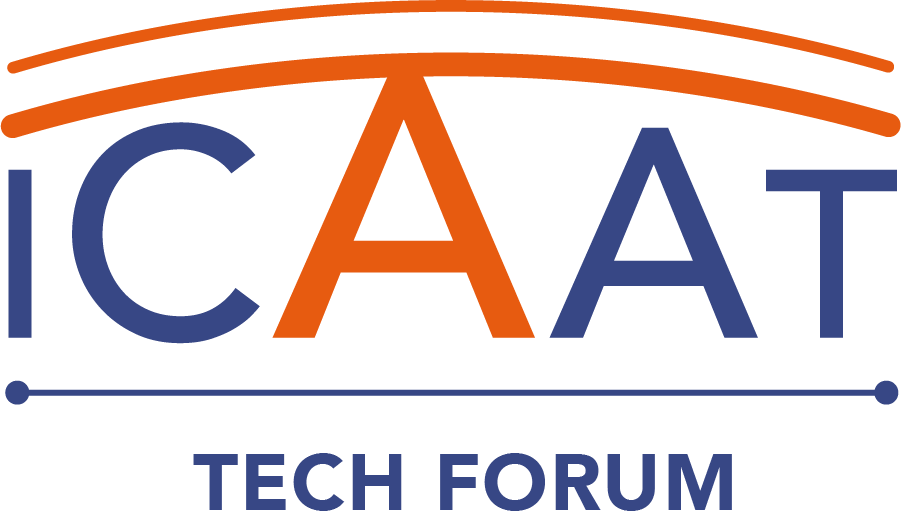New products and services are developed all the time. In fact, thousands of new products are launched every year.
Sometimes products and services are entering an already established market, and companies hope to distinguish what they sell from their competitors by providing different or more appealing options to consumers.
The American automotive company, Fiskar, entered the electric vehicle market with the express goal of having four completely unique or best-in-class features in every one of their new cars.
At other times, new offerings represent an improvement to an already existing product or service in an established market. This type of new product and service development can help companies stay competitive through incremental improvements over time.
Apple holds an annual conference that has become a launching pad for its new software and hardware product developments.
Other new developments involve products and services that disrupt already existing markets or involve a technological breakthrough that creates a new market.
The Apple iPod disrupted the market for traditional music players when it was introduced in 2001. And Netflix’s video streaming service created a new market that effectively put the movie rental market out of business.
Regardless of whether new products and services fit into or disrupt an already existing market or create an entirely new market, best practices for new product development involve three (3) key phases leading up to product launch.
1) Idea Generation and Screening
During this initial phase, a company generates many concepts and ideas regarding a new product or service. This phase lays the groundwork for the subsequent phases. The ideas generated guide the overall process of product design and development.
New ideas come from sources both internal (management, research and development teams, employees) and external (customers, market research, experts in the field) to the company. The key elements to generating worthwhile ideas include:
- understanding the target audience
- identifying the customers’ needs
- knowing the competition.
Ideally, a company needs to understand the human story behind its target audience. The issues and unmet needs of the consumer must be well described in order to be solved.
The generated ideas go through a screening process to filter out a few viable ones, eliminating those that are not technically feasible or too costly. External factors also influence a company’s final decision, such as market potential, regulatory requirements, and manufacturing considerations. One idea with the highest potential for success is chosen.
2) Concept Development and Testing
Rough sketches or digital models are created to visualize the selected product idea. A detailed design concept of the product is developed, including features, functions, aesthetics, and branding. Complete versions of user stories for the product are also generated.
Tests are then conducted with the target audience to gather feedback and identify potential improvements. Designs are created and recreated based on this testing and feedback, which ensures that problems are discovered sooner, and changes can happen earlier.
At the same time, the company will undertake a business analysis. Market research, risk assessment, and financial projections are conducted. Analyses of the results provide an understanding of the potential costs, revenues, and profitability of the product idea.
3) Product Development and Testing
When the new product design concept is in place, a prototype or sample of the product is developed for testing and validation. During this phase, design and engineering are involved to develop a basic, functional first version of the product for market testing. Other important development considerations include incorporating accessibility features - a key goal of ICAAT - and ensuring the product design complies with relevant regulations and standards.
Once a viable product is developed, market testing is used to evaluate its performance and functionality, as well as consumer experiences with the product. The test results and consumer feedback are incorporated throughout the ongoing development process. The product also may be introduced to a limited number of consumers in the target audience to assess its performance in a real-world setting, gather additional feedback, and identify other necessary adjustments.
Based upon all the testing results, a company will decide whether to begin large-scale production and commercialization of the product for release into the market. Detailed documentation and guidelines for consumer use will be created, and full-scale production, distribution, and marketing plans will be implemented to make the product available to consumers.




